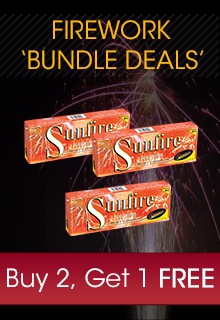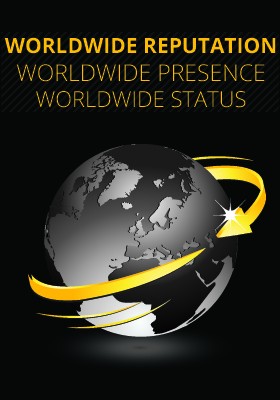Categories
- Buy 2, Get 1 FREE Deals
- Firework Display Packages
- Large DIY Firework Displays
- Single Ignition Display Units
- Compound Cake Display Units
- Low Noise Fireworks
- Selection Boxes
- Rocket Packs
- Barrage Packs
- Roman Candle Cakes
- Roman Candles & Shot Tubes
- Fountains and Mines
- Catherine Wheels
- Sparklers
- Firecrackers
- Fireworks Accessories
- Gender Reveal
- Indoor Fireworks
- Glow Products
- Confetti Party Cannons
- Chinese Sky Lanterns
- Smoke Fountains & Flares
- Remote Firing Systems
- Discontinued Products
Firework Effects
Fireworks take many forms to produce the four primary effects - noise, light, smoke and floating materials (confetti for example). They may be designed to burn with flames and sparks of many colours (typically red, orange, yellow, green, blue, purple, and silver). Generally, the cost of fireworks varies based on the colours added within the display. Blue for example, is more costly that yellow, as the chemicals used to generate that specific colour cost more than those used to display yellow within a firework device.
Fireworks are generally classified as to where they perform - ground level fireworks or aerial fireworks. In the latter case they may provide their own propulsion (skyrocket) or be shot into the air by a mortar (aerial shell). The skyrocket is the most common form of firework which is simply the shell attached to a stick. The aerial shell is the backbone of today's commercial aerial display. A smaller version for the consumer use is known as a Single Ignition Display Unit in the United Kingdom and as a Festival Ball in the United States. Ground level fireworks, although less popular than aerial ones, create a stunning display. These types of fireworks can produce various shapes, such as simple rotating circles, stars and fountain showers. Aerial fireworks on the other hand are the most common feature of fireworks. Whether constructed from paper or pasteboard tubes, a number of these tubes or cases are often combined so as to make, when ignited, a great variety of sparkling shapes and colours.
There are a vast number of different effects in our fireworks range. Below is a graphical representation of the type of effects available in today's pyrotechnic industry, which should hopefully assist you in creating the perfect fireworks display.
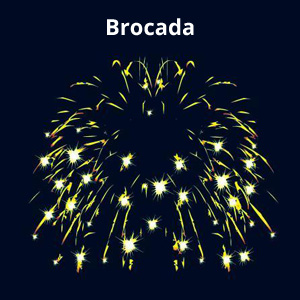
Common term that describes an effect of woven gold clusters usually bound together within a star burst

A perfectly spherical burst of tailed stars, very much like the flower it represents

A star or other projectile which leaves a glittering, persistent trail behind it
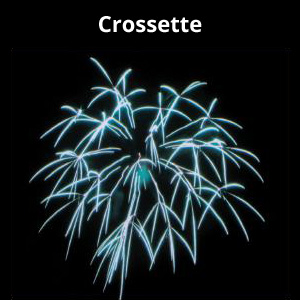
A set of stars that each split into four or five stars and leave a trail as they map the skies
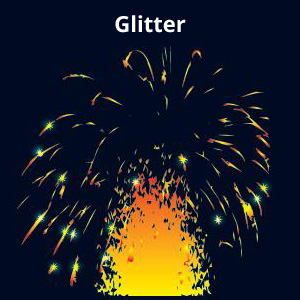
A constant spray of strobing glitter effect usually referring to cones and fountains.
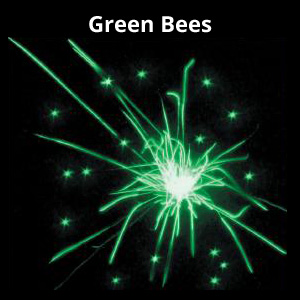
A constant spray of strobing glitter effect usually referring to cones and fountains
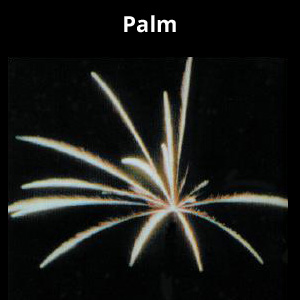
Bright arms of cascading, long lasting starts, shaped to permeate outward like the branches of a palm tree, usually made up of gold or silver stars
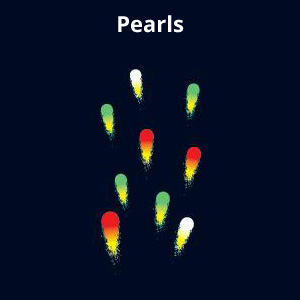
A set of bright glowing stars that do not leave a trail but silently rise and dissolve into the heavens

Well used term to describe a perfect expanding sphere to stars that usually change colour as they burst outwards
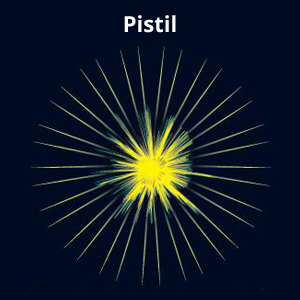
A central effect sometimes palm like that can be added to a Peony or Chrysanthemum for bigger impact
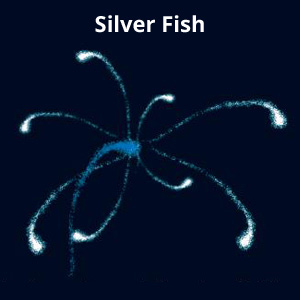
Invariably silver and preceded by a beautiful blue tracer star, they wriggle and swim away from the centre in a silent mesmeric dance
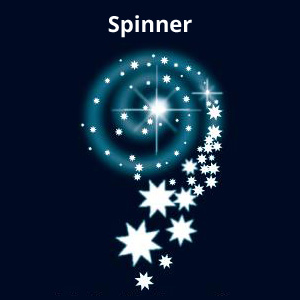
An aerial effect that is usually accompanied by a whirling sound as the stars spin and whirl individually and synchronised to others

A glowing, flaming ball of coloured light or colourless crackle that can rise on their own or burst into variegated mini star-shells
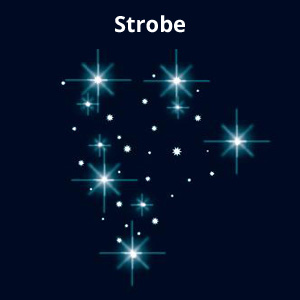
An effect that flickers and flashes in the sky like a gallery of flash bulbs
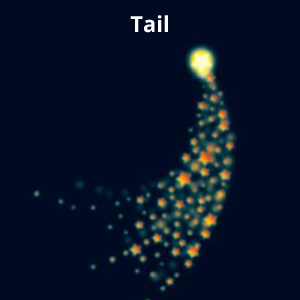
The comet like trail that is left behind the star

A high starburst of slow burning stars that drift down in a delightful effect

